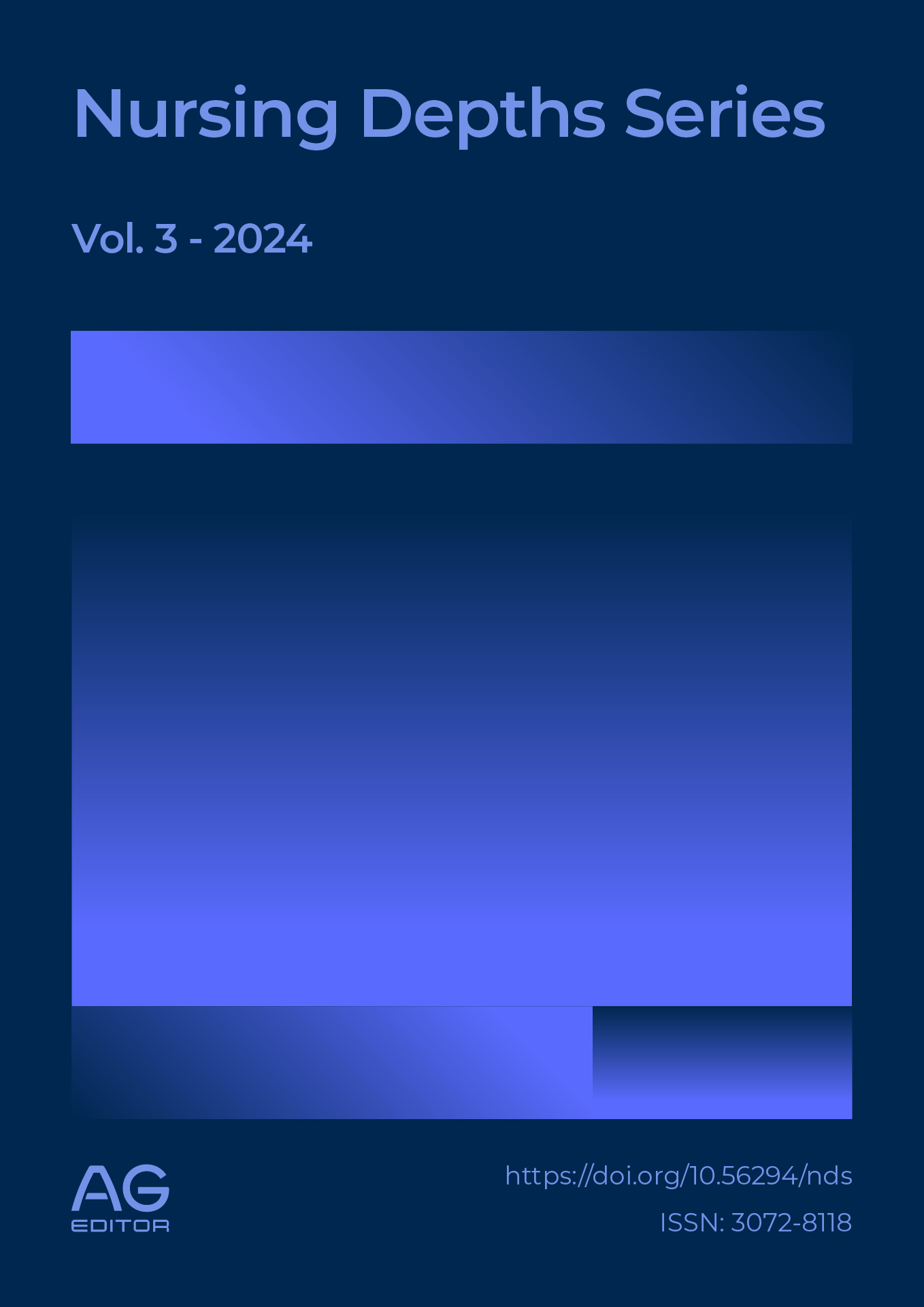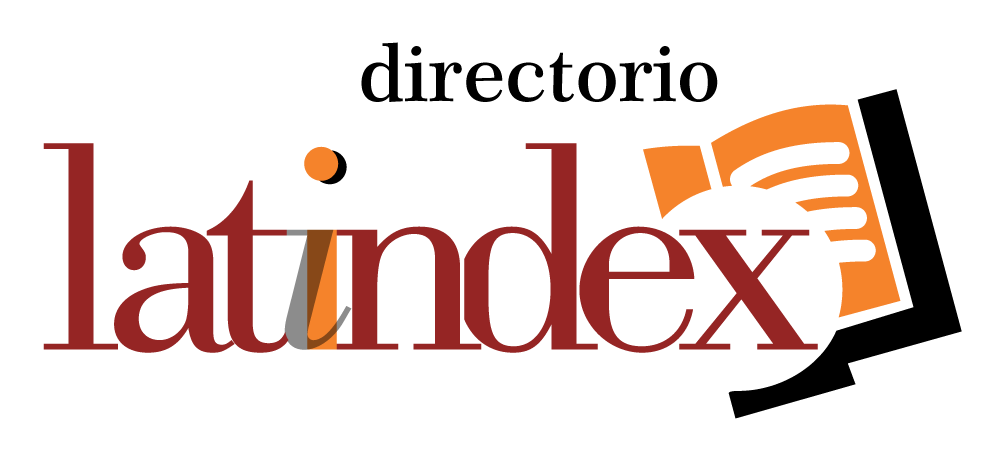Level of perceived stress in final-year nursing students due to the COVID-19 pandemic in North Lima
DOI:
https://doi.org/10.56294/nds2024117Keywords:
Psychological stress, Nursing students, Mental Health, CoronavirusAbstract
Perceived stress is one of the symptoms that nursing students present in which they perceive due to stressful situations in their life and academics, therefore the objective of the study is to determine the level of perceived stress in final year students of a nursing school due to the COVID-19 pandemic in Lima Norte. It is a quantitative, descriptive-cross-sectional study, with a total population of 60 participants who answered a questionnaire of sociodemographic aspects and the Perceived Stress Scale instrument. In its results, it was observed that 21.7% (n = 13) have a low level of stress, 58.3% (35) have a medium level of stress and 20% (n = 12) a high level of stress. In conclusion, the university must implement strategies that allow strengthening coping skills in students.
References
[1] I. Aslan, D. Ochnik, and O. Çınar, “Exploring perceived stress among students in Turkey during the covid-19 pandemic,” Int. J. Environ. Res. Public Health, vol. 17, no. 23, pp. 1–17, 2020, doi: 10.3390/ijerph17238961. DOI: https://doi.org/10.3390/ijerph17238961
[2] M. Awoke, G. Mamo, S. Abdu, and B. Terefe, “Perceived Stress and Coping Strategies Among Undergraduate Health Science Students of Jimma University Amid the COVID-19 Outbreak: Online Cross-Sectional Survey,” Front. Psychol., vol. 12, no. 4, pp. 1–11, 2021, doi: 10.3389/fpsyg.2021.639955. DOI: https://doi.org/10.3389/fpsyg.2021.639955
[3] J. Nijland, W. Veling, B. Lestestuiver, and C. Van Driel, “Virtual Reality Relaxation for Reducing Perceived Stress of Intensive Care Nurses During the COVID-19 Pandemic,” Front. Psychol., vol. 12, no. 9, p. 706527, 2021, doi: 10.3389/fpsyg.2021.706527. DOI: https://doi.org/10.3389/fpsyg.2021.706527
[4] J. Matthes, T. Crum, and J. Owens, “Nursing Students’ Covid-19 Induced Stress: Promoting Mindfulness and Resilience,” Creat. Nurs., vol. 28, no. 2, pp. 109–114, 2022, doi: 10.1891/CN-2022-0002. DOI: https://doi.org/10.1891/CN-2022-0002
[5] D. Worku, A. Dirriba, B. Wordofa, and G. Fetensa, “Perceived Stress, Depression, and Associated Factors among Undergraduate Health Science Students at Arsi University in 2019 in Oromia, Ethiopia,” Psychiatry J., vol. 2020, no. 1, pp. 1–8, 2020, doi: 10.1155/2020/4956234. DOI: https://doi.org/10.1155/2020/4956234
[6] A. Tang, E. Kwong, L. Chen, and W. Cheng, “Associations between demographic characteristics, perceived threat, perceived stress, coping responses and adherence to COVID-19 prevention measures among Chinese healthcare students,” J. Adv. Nurs., vol. 77, no. 9, pp. 3759–3771, 2021, doi: 10.1111/jan.14889. DOI: https://doi.org/10.1111/jan.14889
[7] H. Aslan and H. Pekince, “Nursing students’ views on the COVID-19 pandemic and their percieved stress levels,” Perspect. Psychiatr. Care, vol. 57, no. 2, pp. 695–701, 2021, doi: 10.1111/ppc.12597. DOI: https://doi.org/10.1111/ppc.12597
[8] R. Viner et al., “Since January 2020 Elsevier has created a COVID-19 resource centre with free information in English and Mandarin on the novel coronavirus COVID- research that is available on the COVID-19 resource centre - including this for unrestricted research re-use a,” Lancet, vol. 4, no. 1, pp. 19–21, 2020, [Online]. Available: https://www.ncbi.nlm.nih.gov/pmc/articles/PMC7270629/pdf/main.pdf.
[9] S. Balaratnasingam and A. Janca, “Mass hysteria revisited,” Curr. Opin. Psychiatry, vol. 19, no. 2, pp. 171–174, 2006, doi: 10.1097/01.yco.0000214343.59872.7a. DOI: https://doi.org/10.1097/01.yco.0000214343.59872.7a
[10] J. Wang, W. Liu, Y. Zhang, S. Xie, and B. Yang, “Perceived stress among chinese medical students engaging in online learning in light of covid-19,” Psychol. Res. Behav. Manag., vol. 14, no. 1, pp. 549–562, 2021, doi: 10.2147/PRBM.S308497. DOI: https://doi.org/10.2147/PRBM.S308497
[11] F. Ersin and M. Kartal, “The determination of the perceived stress levels and health-protective behaviors of nursing students during the COVID-19 pandemic,” Perspect. Psychiatr. Care, vol. 57, no. 2, pp. 929–935, 2021, doi: 10.1111/ppc.12636. DOI: https://doi.org/10.1111/ppc.12636
[12] J. Cooke, R. Eirich, N. Racine, and S. Madigan, “Prevalence of posttraumatic and general psychological stress during COVID-19: A rapid review and meta-analysis,” Psychiatry Res. J., vol. 292, no. 1, p. 113347, 2020, [Online]. Available: https://www.ncbi.nlm.nih.gov/pmc/articles/PMC7392847/pdf/main.pdf. DOI: https://doi.org/10.1016/j.psychres.2020.113347
[13] H. Abdulghani, K. Sattar, T. Ahmad, and A. Akram, “Association of covid-19 pandemic with undergraduate medical students’ perceived stress and coping,” Psychol. Res. Behav. Manag., vol. 13, no. 1, pp. 1101–1102, 2020, doi: 10.2147/PRBM.S292018. DOI: https://doi.org/10.2147/PRBM.S292018
[14] M. Malik and S. Javed, “Perceived stress among university students in Oman during COVID-19-induced e-learning,” Middle East Curr. Psychiatry, vol. 28, no. 1, p. 49, 2021, doi: 10.1186/s43045-021-00131-7. DOI: https://doi.org/10.1186/s43045-021-00131-7
[15] Z. Liu et al., “Association between perceived stress and depression among medical students during the outbreak of COVID-19: The mediating role of insomnia,” J. Affect. Disord., vol. 292, no. 1, pp. 89–94, 2021, doi: 10.1016/j.jad.2021.05.028. DOI: https://doi.org/10.1016/j.jad.2021.05.028
[16] S. Suprapto, E. Linggi, and D. Arda, “Personality Characteristics of Nursing Students with Stress Perception in Clinical Practice in the Era Covid-19 Pandemic,” J. Posit. Psychol. Wellbeing, vol. 6, no. 1, pp. 534–538, 2022, [Online]. Available: https://journalppw.com/index.php/jppw/article/view/869.
[17] H. Sveinsdóttir et al., “Predictors of university nursing students burnout at the time of the COVID-19 pandemic: A cross-sectional study,” Nurse Educ. Today, vol. 106, no. 1, p. 105070, 2021, doi: 10.1016/j.nedt.2021.105070. DOI: https://doi.org/10.1016/j.nedt.2021.105070
[18] M. Onieva, J. Fernández, E. Fernández, F. García, A. Abreuz, and M. Parra, “Anxiety, perceived stress and coping strategies in nursing students: a cross-sectional, correlational, descriptive study,” BMC Med. Educ., vol. 20, no. 1, pp. 1–9, 2020, doi: 10.1186/s12909-020-02294-z. DOI: https://doi.org/10.1186/s12909-020-02294-z
[19] Y. López, R. Patrón, S. Valenzuela, R. Pedroza, I. Quintero, and M. Zavala, “Nivel de estrés y estrategias de afrontamiento utilizadas por estudiantes de la licenciatura en Enfermería,” Enferm. Glob., vol. 21, no. 1, pp. 248–259, 2022, doi: 10.6018/EGLOBAL.441711. DOI: https://doi.org/10.6018/eglobal.441711
[20] C. Fernández and P. Baptista, “Metodología de la Investigación.” p. 634, 2015, [Online]. Available: http://observatorio.epacartagena.gov.co/wp-content/uploads/2017/08/metodologia-de-la-investigacion-sexta-edicion.compressed.pdf.
[21] S. Cohen, T. Kamarck, and R. Mermelstein, “A Global Measure of Perceived Stress,” J. Health Soc. Behav., vol. 24, no. 4, pp. 385–396, 1983, [Online]. Available: https://www.jstor.org/stable/2136404?origin=crossref. DOI: https://doi.org/10.2307/2136404
[22] M. González, M. Rodríguez, and R. Hernández, “The perceived stress scale (PSS): Normative data and factor structure for a large-scale sample in Mexico,” Span. J. Psychol., vol. 16, no. 1, p. e47, 2013, doi: 10.1017/sjp.2013.35. DOI: https://doi.org/10.1017/sjp.2013.35
Published
Issue
Section
License
Copyright (c) 2024 Enrique Huamani-Uriarte, Niels Romero-Alva, Jorge Arturo Zapana-Ruiz, Susan Gutiérrez-Rodríguez (Author)

This work is licensed under a Creative Commons Attribution 4.0 International License.
The article is distributed under the Creative Commons Attribution 4.0 License. Unless otherwise stated, associated published material is distributed under the same licence.






